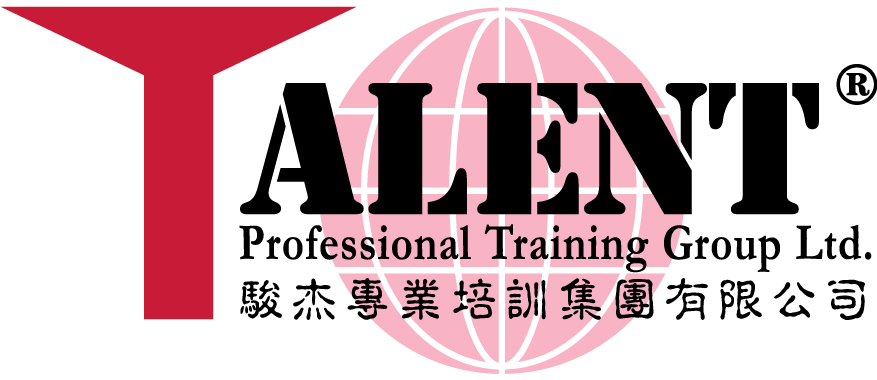Strategic Leadership
- Fostering change leadership capability to drive for effective organizational change

Strategic leadership provides the vision and direction for the growth and success of an organization. To successfully deal with change, all executives need the skills and tools for both strategy formulation and implementation.
The workshop on strategic leadership, focusing on Organizational Learning with topics including Balanced Scorecard (BSC), Learning Organization, "Saying-Doing" Gap and Double Loop Learning (DLL), exactly offers the most appropriate concepts and tools for talent teams to cope with challenges today. Talents are expected to have their change leadership capability enhanced and their mentality and attitude ready for driving an effective organizational change.
Objectives of Strategic Leadership:
-
Enterprise perspective - analyzes situation and opportunities with a broad, strategic view. Integrates business and technology requirements of multiple clients and customers to achieve solutions that work across the enterprise, applies methodologies that are appropriate for multiple user needs and technology platforms.
-
Goal alignment - creating a line of sight between own and other's objectives and those of the business unit as driven by strategy, maintain consistency between individual and organizational goals, and realign goals in response to the changing realities of the marketplace and the competitive landscape.
-
Customer (both internal and external) management - Able to develop company's business opportunities by collaborating with internal resources, partners and customers to add value to the customer while helping company to achieve business goals.
Outlines of Strategic Leadership:
-
Balanced Scorecard (BSC)
-
A strategic planning and management system used to align business activities to the vision and strategy of the organization, improve internal and external communications, and monitor organization performance against strategic goals.
-
Keeping track of the execution of activities by staff within their control and monitor the consequences arising from these actions.
-
The four perspectives
-
Financial: "How do we look to shareholders?"
-
Customer: "How do customers see us?"
-
Internal Business Processes: "What must we excel at?"
-
Learning and Growth: "Can we continue to improve and create value?"
-
-
Implementing the Balanced Scorecard in the company
-
-
Learning Organization
-
Perspective on organizational learning - what is it, how does it help, how to work out, what to do, how to sustain?
-
How to facilitate the learning of all its members
-
Transforming the company culture into continuous learning
-
-
The "Saying-Doing" Gap
-
Identify the mismatch between what people say and what they mean
-
How is this related to customer experience?
-
Strategies to bridge the gap
-
-
The Cycle of Double Loop Learning (DLL)
-
Identify difference between single-loop and double-loop learning in organizational learning
-
Understand the underlying espoused theory
-
An overview of different models in DLL
-
Implementing DLL in organizational learning
-
-
Developing Your Strategic Thinking Mindset
-
From "Red Ocean" to "Blue Ocean"
-
From "Transactional focus" to "Strategic focus"
-
From "Tunnel Vision" to "Helicopter View"
-
Tools: S.W.O.T. Analysis
-
-
Developing Strategic Plan
-
In what ways creativity is needed in strategic thinking
-
Removing roadblocks to creativity - Mind Map
-
How to be more creative - S.C.A.M.P.E.R. technique
-
Contact Talent Professional today for your best suited Strategic leadership solution to foster your management's change leadership capability to drive for effective organizational change!
Remarks: Program objectives and outlines are for reference only; programs would be tailor-made with clients' specific requirements.


